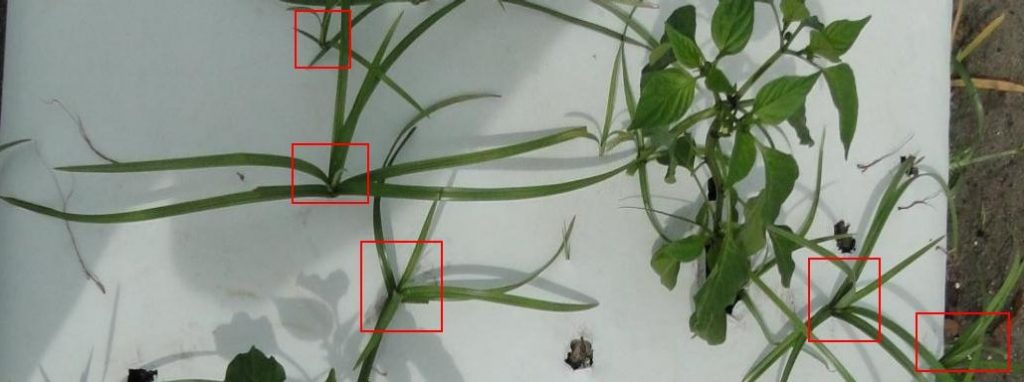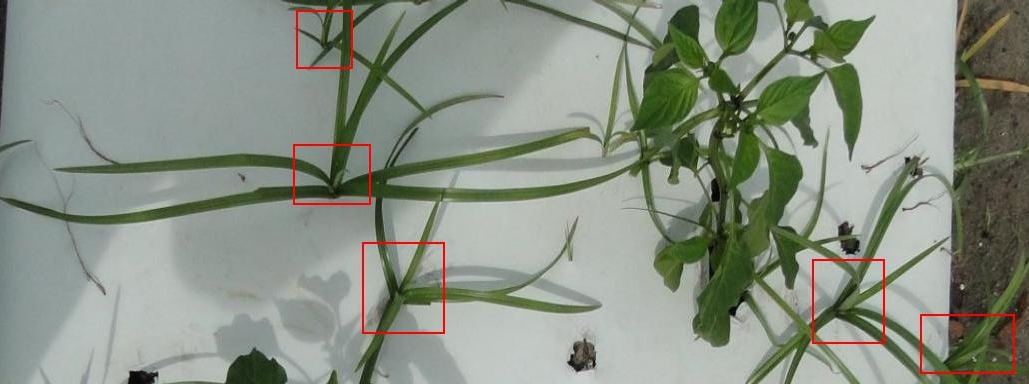
By Clint Thompson
It is the fallow period for much of Florida’s vegetable and specialty crop producers. It is the time every season between June and August when it is too hot to produce any crops.
But that doesn’t mean producers aren’t preparing for the upcoming fall season. The fallow times of the year allow growers to protect their future crops against current weed pests. Whether it’s the use of cover crops, cultivation, or broad-spectrum herbicides, weed management is key, says Peter Dittmar, University of Florida/IFAS Extension weed scientist.
“A herbicide never gives you 100% control of a weed. If we can get part of the control from a herbicide, part of the control from cultivation, part of the control from a cover crop, maybe the combination of everything can get us 100%,” Dittmar said.
“It’s also one of those things that if something fails, you’ve got a backup. If you spray a herbicide and we get a heavy rain event, that herbicide may not work. But at least your populations may not be very high, because you had that cover crop during the summer to reduce the population.”
Weed control is an important part of any producer’s integrated pest management system. Weeds like nutsedge, ragweed and pigweed compete for essential nutrients and water that crops need to grow. Weeds can also serve as a host for nematodes or other fungi and other diseases.










